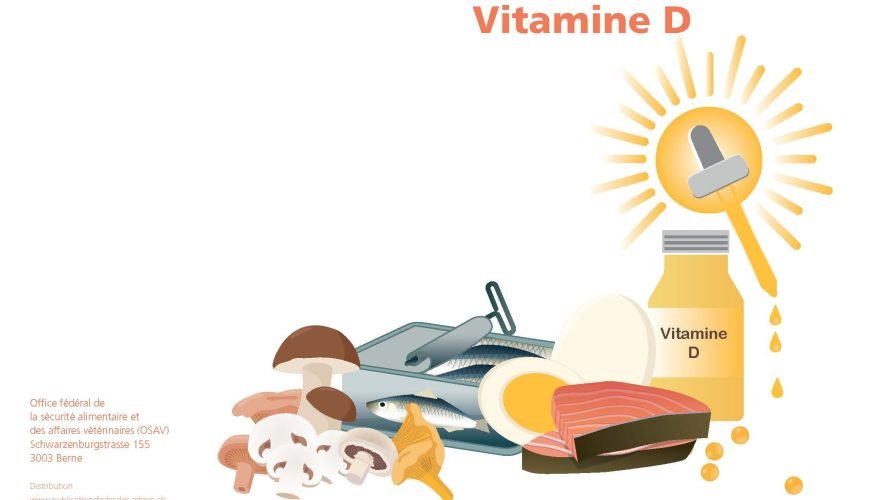A new report has highlighted how unprecedented levels of co-operation between industry and government have helped ASEAN to develop an agreement to harmonise the cross-border regulation of health supplements. After 16 years of complex discussions, ASEAN’s 10 Member States are now close to finalising the ASEAN Agreement on Regulatory Framework for Health Supplements. Once ratified, it will reduce non-tariff technical barriers to the trade in supplements between ASEAN countries and usher in a new era for the supplement sector in Southeast Asia.
The report – ASEAN’S Road to Harmonisation – explains the background to the agreement and reveals how industry associations and regulators worked closely together on the details. It has been published by the ASEAN Alliance of Health Supplement Associations (AAHSA) and the International Alliance of Dietary/Food Supplement Associations (IADSA). Daniel Quek, AAHSA Chairman, said: “The way in which industry and regulators have worked together in ASEAN can act as a blueprint for success throughout the world. Through AAHSA, the private sector has been able to demonstrate its commitment to achieving the same aims as government. In particular, it played an important role in developing the 10 annexes that form the backbone of the agreement, covering important topics such as a negative list of banned ingredients, substantiation of safety and health claims, labelling requirements, and more.”, he added.
AAHSA worked alongside IADSA, the global association of the food supplement sector, with members from six continents. Simon Pettman Simon Pettman, IADSA Executive Director, said: “Aligning ASEAN’s technical requirements and guidelines for health supplements more closely with the rest of the world makes local companies more competitive on the global stage and opens up new opportunities for them to export. Most important of all, harmonisation helps to protect consumers living in ASEAN Member States by setting rigorous standards and providing access to safe and high-quality products.”



